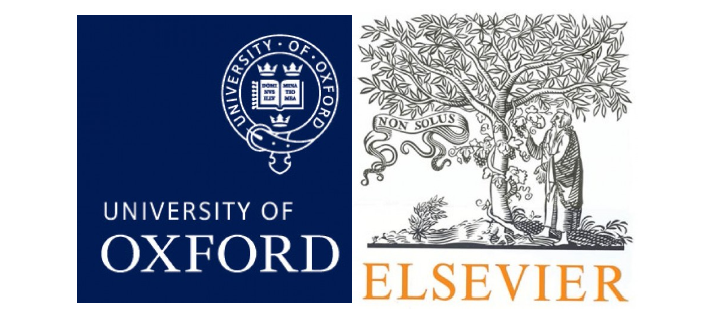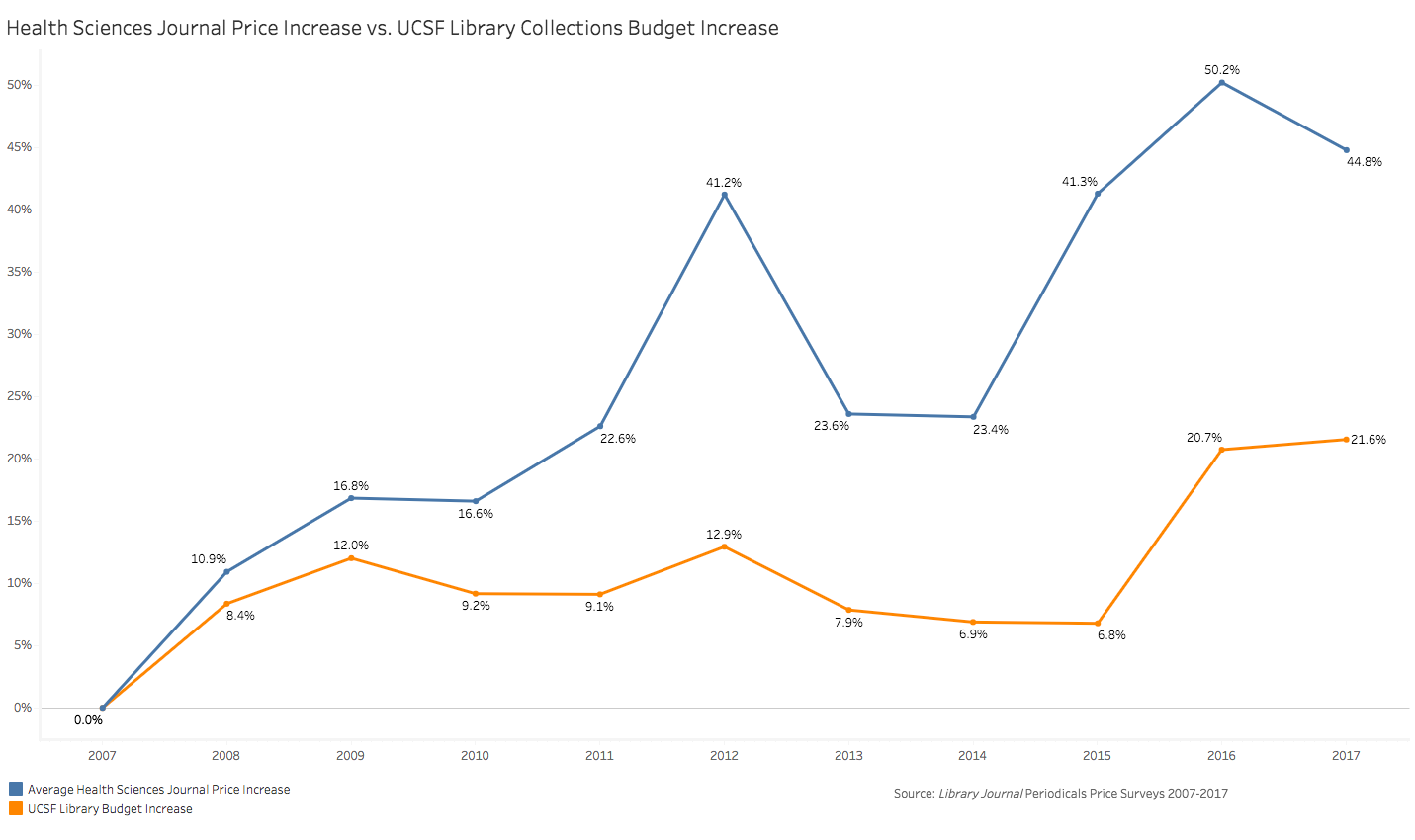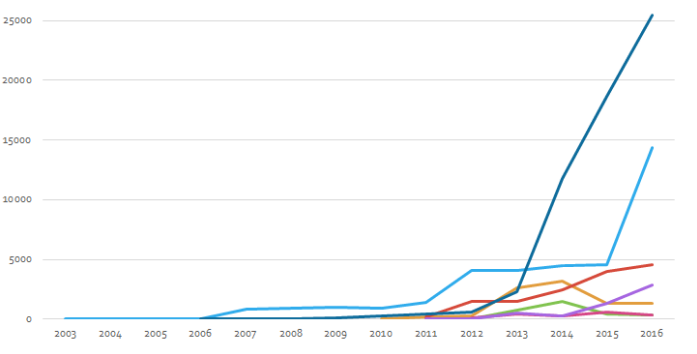
University of Oxford and Elsevier announced five-year collaboration to develop research talent in mathematics
University of Oxford and Elsevier announced five-year collaboration aimed at developing research talent in the filed of mathematics and data science. The collaboration will give an opportunity for early career post doc researchers to learn and work alongside globally distinguished academics in the field of mathematics. Moreover, Oxford Mathematics will host high profile meetings and workshops throughout the five-year collaboration period with Elsevier.

Open Access Review: Major Stories of 2017
In 2017, the world of open access took drastic steps forward, both in recognition, legislation and the creation of important new platforms and foundations. However, publishers continue in their fight against open access, especially with regards to pirated scientific papers and the websites that host them.
Open Access had a major step forward when multiple German universities decided not to renew their subscriptions with Elsivier:
A bold open-access push in Germany could change the future of academic publishing
Major German Universities Cancel Elsevier Contracts
In October, publishers filed a lawsuit against ResearchGate, insisting that the platform remove millions of papers:
Publishers threaten to remove millions of papers from ResearchGate
Similarly, in November, science piracy site SciHub was shut down following a lawsuit filed by the American Chemical Society:
Science piracy site Sci Hub has been ordered to shut down
American Chemical Society Wins Lawsuit Against Sci-Hub
The world of academic research also began to realize the prevalence of predatory publishers:
Identifying Predatory Publishers
The United States launched legislation to encourage scientists to share their data:
House Democrats Introduce “Scientific Integrity Act”
May 2017 saw the launch of Gates Foundation open research, as well as the launch of Unpaywall:
Immediate & Transparent Publishing
This fall, an Open Access Platform for African scientists was also announced:
African scientists get their own open-access publishing platform

There is an increasing call towards embracing open access to scholarly materials. For instance, the EU set 2020 open access target. Besides, many countries, including the Netherlands, adopted progressive open access policies. As a result, open access has shown steady growth over the years and many open access publishers, such as PloS, BioMed, Hindawi and PeerJ, emerged. Traditional publishers have also shown signs of, reluctantly, embracing open access. They made some of their journal hybrids, and others fully open access. They kept, however, most of their high impact factor journals behind pay-walls.
Open access accounts for about 28% of all scholarly materials. When the open access movement started, most of the open access advocates posited that open access, if not completely wipe traditional publishers out of business, would force them to cut subscription fees. In fact, one reason that triggered open access was the “serials crisis” (high subscription prices) witnessed by libraries in the 1990s. Now, after it reached significant milestones in terms of influence and share, it looks that open access has done little to address issues related to subscription prices. According to the report titled Monitoring the Transition to Open Access, since 2013, ten UK universities paid £16.1 million for subscriptions. That means UK universities journal subscription costs are up by 20% over the past 3 years. Over the same time, UK universities paid £3.4 million for Article Processing Charges (APCs). All the money went to seven of the leading publishers.
The report made clear that traditional publishers have multiple revenue streams. Journal subscription fees and APCs are the dominant ones; they charge APCs for hybrid and Gold open access journals. Traditional publishers charge high APCs compared to newly emerging open access journal publishers.
Universities and policymakers are making efforts to embrace open access. However, traditional publishers seem to find ways to keep articles behind ever increasing pay-walls. These high subscription prices are one of the issues that put German universities at loggerheads with Elsevier, the giant in the field. Many universities, scholars and open access advocates are also exerting pressure on the tradition publishers to open up.
There are many indications that the future is open access. The EU’s and major research funders’ open access policies confirm this. But the fight for open access is far from over.

Publishing on Gold open access or hybrid journals can only be materialized through Article Processing Charges (APCs). Traditional journals publishers (Elsevier, Nature, Wiley etc.) and the newly emerged Gold open access platforms such as PLoS, BioMed, PeerJ, Hindawi and F1000Research have something in common: they all charge APCs for review, editorial and hosting services they offer. Nevertheless, though the services they provide are pretty much similar, what is not the same across these journal publishers is the amount of APCs they charge. The amount of APCs authors pay significantly differs from publishers to publishers.
Except for PLoS and BioMed, one of the leading Gold Open Access journals, most of the open access publishers charge APCs lower than 1000 euros. For instance, SciELO and the Open Library of Humanities charge $100 and $500 per article, respectively. In most cases, what Hindawi and PeerJ charge is not more than $500. On the contrary, traditional journals publishers charge APCs well above $2500 per article. Nature charges €3700 for Nature Communications journal. It’ is obvious that there is a substantial gap between traditional publishers’ APCs and newly emerging Gold open access platforms. What is creating this APCs discrepancy is what Jonathan Tennant tried to find out.
Tennant says the traditional publishers charge so much APCs because of inefficiencies and paywalls. He believes that traditional publishers enjoy around 40% profit margin. Thus, they are not under pressure to eliminate inefficient practices that would lead to lower APCs. These publishers put money into protecting copyrights; they invest a significant amount of money to keep scholarly materials they publish behind paywalls, which fully open access publishers do not. These also bring extra administrative challenges and cost, which force them to push APCs up.
According to Jonathan Tennant, APCs for low impact factor journals are incredibly low: as low as $100 per article. Nonetheless, it is not realistic to achieve cost natural open access publishing. Tennant claims, however, that it is possible for traditional publishers to cut APCs by up to 72% to 90%. This is the best deal authors or taxpayers can get. Currently, he argues, authors and research funders are not properly negotiating with traditional publishers so they can reduce APCs significantly while still maintaining a healthy profit margin. Sources

Open Access publishing has shown steady growth
A new study shows that, over the past 15 years, Open Access grew rapidly. According to the study done by Piwowar et al., Open Access articles account for 28% (or 19 million articles) of all scholarly literature. In 2015, around 45% of all scholarly articles were published or deposited on OA platforms. As a result of this remarkable growth, open access publishing has become one of the dominant publishing models. Open access articles are widely used and accessed. Moreover, Open Access articles are 18% more cited that non-Open Access. Now Open Access challenges the status quo and threatens traditional publishers.
There are four types of open access models identified by the researchers: Green, Gold, Bronze and Hybrid. According to this study Bronze OA is the one driving up the number of OA articles citation and its share in the industry. Green and Hybrid OA are also playing significant roles. The contribution of Gold OA is small, the study finds. The study, nonetheless, did not reveal why this is the case. Obviously, due to the cost associated with Gold OA, there are less number of Gold OA articles than Green and Bronze OA. Article Process Charges (APCs) could undermine the role of Gold OA in terms of citation impact and OA papers share, both a function of quality and quantity of OA articles published.
Subscription to journals cost universities and libraries millions of euros per year. The subscription cost increases on yearly basis; usually surpassing the rate of inflation. This has become a huge challenge both for institutions in developed and developing countries. Access-fee-related challenges are forcing researchers and libraries to resort to OA articles and OA repositories.

